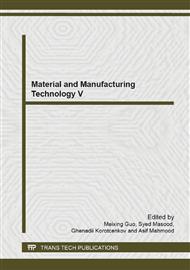p.305
p.310
p.318
p.329
p.335
p.341
p.346
p.350
p.357
An Experiment on Durability Test (RCPT) of Concrete According to ASTM Standard Method Using Low-Cost Equipments
Abstract:
Durability means the resistance to physical or chemical deterioration of concrete resulting from interaction with environment (physical deterioration) or interaction between constituents (chemical deterioration) of concrete. A durable concrete ensures corrosion resistance of embedded steel which in turn ensures a better longevity of the structure as a whole. Concrete in structures in the coastal areas are the most susceptible to chemical deterioration as sea water, with high concentration of chloride ions, has quite a detrimental effect on durability of concrete. In these cases, the lower the chloride permeability, the better the durability of concrete. As instruments for standard chloride permeability test is very expensive, an experiment has been conducted to carry out Rapid Chloride Permeability Test (RCPT) using improvised apparatus made of readily available low-cost materials. Several RCPT tests were performed using this simple method and results showed marked variation in chloride permeability for concrete with different quality.
Info:
Periodical:
Pages:
335-340
Citation:
Online since:
June 2014
Authors:
Keywords:
Price:
Сopyright:
© 2014 Trans Tech Publications Ltd. All Rights Reserved
Share:
Citation:


